The treatment of household waste can effectively reduce the quantity and volume of garbage, and lower its negative impact on the urban environment. Through processes such as classification, collection, transportation, and treatment, garbage can be transformed into harmless or low-risk substances, reducing pollution to land, water sources, and air caused by garbage. This helps to improve the environmental quality of the city and enhance the living conditions of residents.
With the rapid development of the economy and society and the improvement of people's material consumption level, the demand for the treatment of household waste continues to grow. In recent years, the continuous growth of urban garbage collection has driven the vigorous development of the domestic waste treatment industry.
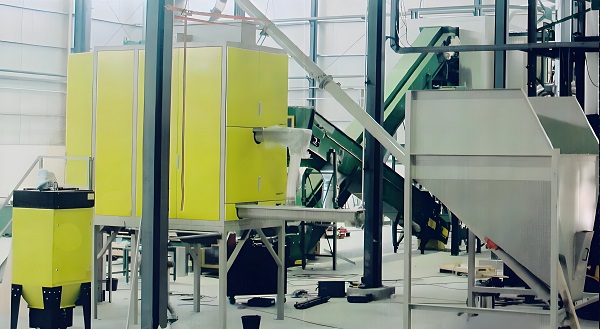
Zhongcheng Machinery's household waste resource utilization system adopts modular combination from crushing, conveying, and sorting, with high processing efficiency and low operating costs.
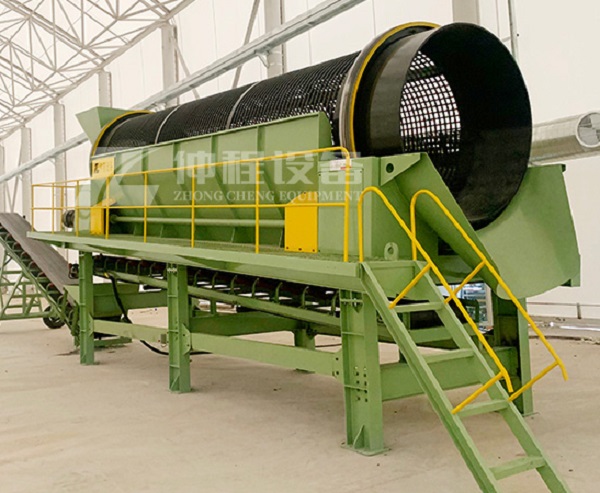 Zhongcheng Machinery's Trommel Screen
Zhongcheng Machinery's Trommel Screen
A. Current situation of urban household waste treatment:
Recently, in the field of environmental protection, household waste classification is undoubtedly the hottest topic. Many cities will basically establish garbage classification and treatment systems, and more and more cities have already or are in the process of introducing regulations on household waste management, incorporating garbage classification into legislation. Many cities adopt a "four point classification" system for garbage classification, which includes hazardous waste, recyclables, kitchen waste, and other waste. The four major classification standards established by the government are basically implemented in various regions. For the convenience of citizens' understanding, some areas have adopted different names and symbols. Household waste classification can maximize the utilization of waste resources, reduce the amount of waste disposal, and improve the quality of the living environment
B. The main technologies used for the classification and treatment of household waste include the following:
1. Garbage recycling method: After sorting garbage, directly usable substances are recycled and reused. For example, discarded glass, plastic, metal, paper, wood, etc. can all be recycled through recycling methods.
2. Garbage incineration power generation method: Put garbage in a high-temperature furnace for incineration, and use the heat generated by incineration to generate electricity or heat. This method can not only thoroughly disinfect and eliminate pests, but also convert garbage into energy.
3. Garbage composting method: Based on the principle of agricultural fertilizer accumulation, organic waste and microorganisms in the soil are used to convert garbage into organic fertilizer for soil improvement. Composting methods are divided into two types: anaerobic fermentation and aerobic fermentation.
4. Garbage biodegradation method: Using bacteria with high degradation ability to decompose organic and inorganic matter in garbage. This method is divided into two types: anaerobic degradation and oxidative degradation.
5. Landfill method: For garbage that cannot be recycled or processed, landfill is used for disposal. The landfill method requires strict site selection and treatment to prevent pollution to the environment and groundwater.
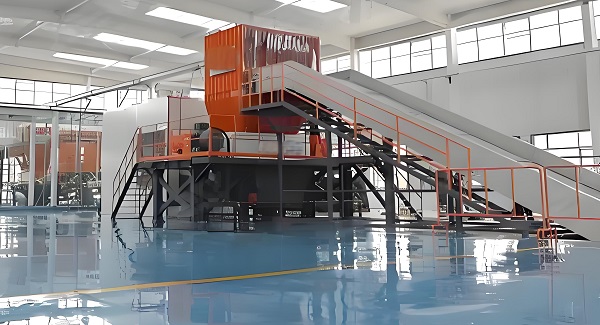
C. Advantages and disadvantages of garbage disposal technology:
1. Garbage recycling method: The advantage is high resource utilization efficiency, but the disadvantage is that strict classification of garbage is required and the operation is complex.
2. Garbage incineration power generation method: The advantages are good reduction effect and high energy conversion rate, but the disadvantages are large investment and the possibility of producing pollutants such as dioxins during the incineration process.
3. Garbage composting method: The advantage is that it can convert organic waste into fertilizer, but the disadvantage is that it requires thorough classification of the waste, and the composting process is greatly affected by weather conditions.
4. Garbage biodegradation method: The advantage is that it can convert organic waste into fertilizer, but the disadvantage is high time and mechanical costs.
5. Landfill method: The advantage is that it has a large processing capacity, but the disadvantage is that it occupies a lot of land resources and may cause environmental pollution.
D. The significance and impact of household waste classification and treatment:
Reduce environmental pollution: By sorting and processing, the pollution caused by garbage to water, soil, and atmosphere can be reduced.
Improving resource utilization: Classification processing can reuse many recyclable substances and reduce resource waste.
Reduce processing costs: Classification processing can reduce the occupation of processing equipment and processing costs, and improve economic benefits.
Through the application of these technologies and methods, the reduction, resource utilization, and harmless treatment of household waste can be effectively achieved, promoting sustainable development.
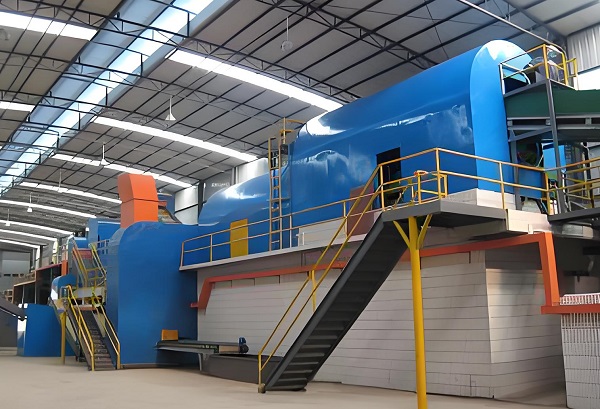
E. The problems and challenges of domestic waste disposal
Although significant achievements have been made in the treatment of household waste, there are still some problems and challenges that need to be addressed. For example, there are still gaps or insufficient processing capacity in some areas' domestic waste treatment facilities; The ineffective promotion of garbage classification in some areas has led to low efficiency in garbage treatment and waste of resources; In addition, some waste treatment facilities also face environmental pollution and safety hazards during operation.
F. Development Trends and Prospects of Domestic Waste Treatment
In the future, the treatment of household waste will continue to develop towards a more environmentally friendly, efficient, and intelligent direction. On the one hand, the government will continue to increase investment, build more harmless treatment facilities for household waste, and improve their processing capacity; On the other hand, various regions will actively promote garbage classification and resource utilization work to achieve the reduction, resource utilization, and harmless treatment of household waste. At the same time, with the continuous advancement and innovation of technology, the domestic waste treatment industry will also usher in more new technologies and models to further improve treatment efficiency and reduce operating costs.
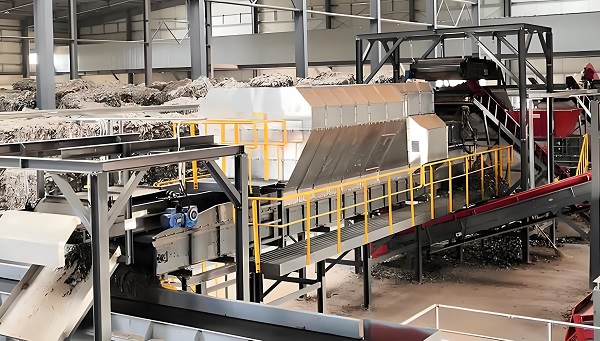
Public participation and cooperation are crucial in the process of garbage disposal. Through the promotion and education of garbage classification and disposal, the public's environmental awareness and sense of responsibility can be enhanced. This helps to form a green and low-carbon production and lifestyle, promoting environmental protection actions and ecological civilization construction throughout society.
In summary, the treatment of household waste plays an important role in improving urban environment, conserving resources, reducing pollution, promoting the development of circular economy, and enhancing public environmental awareness. Therefore, we should attach great importance to the work of garbage disposal, strengthen the awareness and action of garbage classification and reduction, promote the innovation of garbage disposal technology and the improvement of management level, and make greater contributions to the construction of beautiful cities and ecological civilization.
Save Time! Get A Detailed Quotation Quickly.
